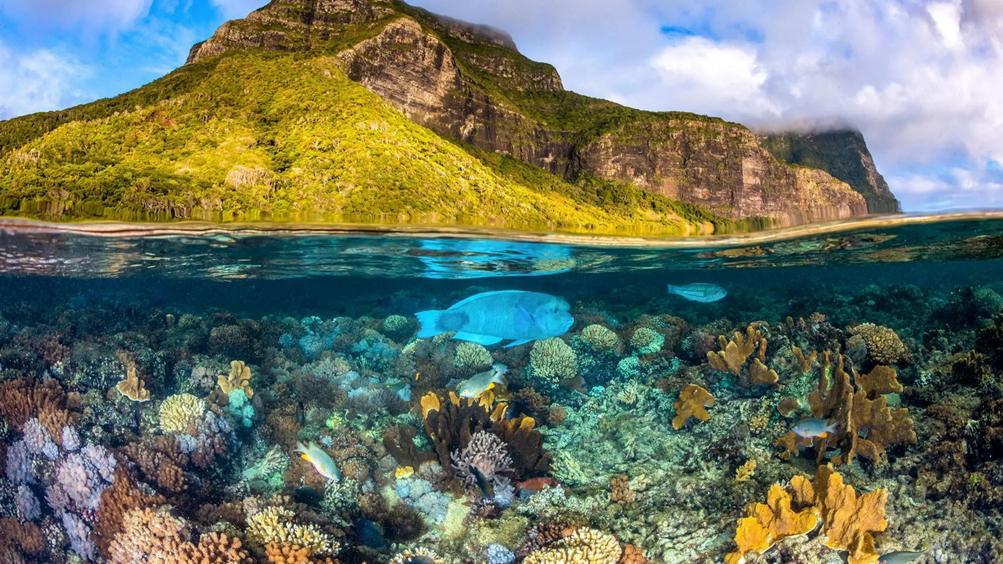By Karen Poiani, Island Conservation
This year’s Invasive Species Awareness Week, which runs from February 20 to 26, aims to raise awareness of the impact that invasive alien species have on biodiversity and the urgency of taking action to address this issue. The Convention on Biological Diversity defines invasive alien species (IAS) as species that threaten biological diversity through their introduction and/or spread outside of their natural habitat. Invasive species can harm their non-native ecosystems, threatening native species and overall biodiversity.

The introduction of invasive species on islands has been the main cause of extinctions on these sites and one of the leading drivers of biodiversity loss worldwide. Islands are biodiversity hotspots and, even though they make up only 5% of the planet’s landmass, they are the site of 75% of all known bird, amphibian, mammal, and reptile extinctions. Over 85% of these recorded extinctions have been associated with IAS.
Completely removing invasive species such as rats, feral cats, and mice from islands has proven one of the most effective methods for restoring these fragile ecosystems. A year after it was declared rat free, Lehua Island in Hawai’i is welcoming an increasing number of seabirds. Efforts on Rábida Island, miles away across the Pacific Ocean, are also paying off. A decade after the removal of invasive rodents from the island, Island Conservation’s researchers found a gecko species thought to have been extinct for over 5,000 years. These are only some examples of the benefits of removing invasive alien species from islands.
Island sites are home to almost half of the planet’s endangered and critically endangered terrestrial vertebrates. According to a study in ScienceAdvances, the effective management of invasive species could save 95% of the 1,189 threatened island species identified. However, using the methods available today, it is only feasible to restore about 15% of the world’s islands threatened by invasive species.

Damage to Booby egg by invasive rat on Isla de la Plata, Ecuador. Photograph: Rory Stansbury/Island Conservation
Research and innovation are needed if we are to enhance conservation efforts and protect threatened ecosystems against this threat. New tools such as gene drive applications, if proven safe, appropriate and effective, have the potential to help control populations of invasive alien species. Recent breakthroughs, such as the development of a world-first proof of concept for a gene drive technology to control invasive mice, offer hope to help turn the tide on the extinction crisis happening on islands.
Invasive Species Awareness Week serves as a timely reminder of incredible conservation achievements. But it is also a moment to reflect on the work still ahead and the need to find solutions to enhance our capacity to restore ecosystems worldwide.
Recent posts
